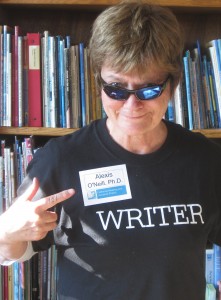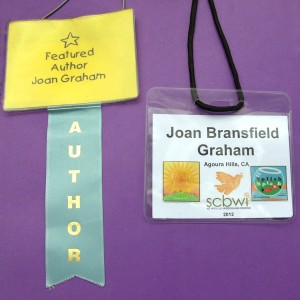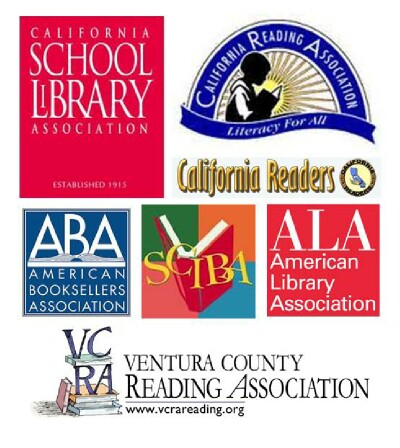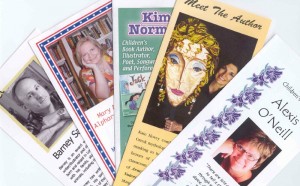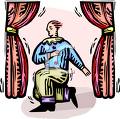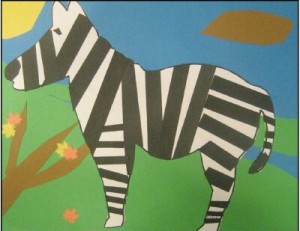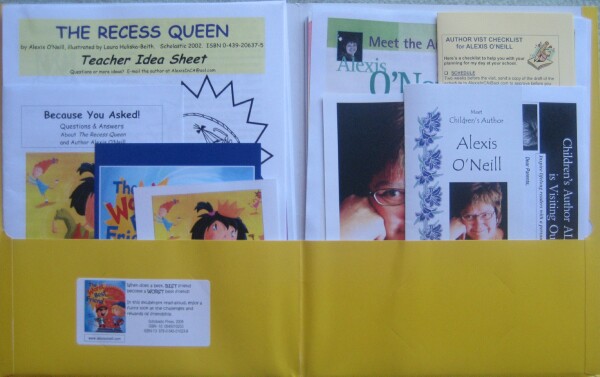 Today my new picture book for older readers launches — both literally and figuratively! We’re heading up to Ventura Harbor this afternoon with family and friends for a kite-fest birthday celebration. So Happy Birthday to The Kite That Bridged Two Nations: Homan Wlash and the First Niagara Suspension Bridge.
Today my new picture book for older readers launches — both literally and figuratively! We’re heading up to Ventura Harbor this afternoon with family and friends for a kite-fest birthday celebration. So Happy Birthday to The Kite That Bridged Two Nations: Homan Wlash and the First Niagara Suspension Bridge.
Later this month, I’ll be traveling to Niagara Falls USA and Canada for a formal launch in the territory where the subject of my book, Homan Walsh, lived in the 1800s and now rests at Oakwood Cemetery in Niagara Falls, New York. The first is a VIP launch on 9/27 to thank experts who reviewed the book, local dignitaries, family and friends. The next two are Family Day events — one at Oakwood Cemetery, Niagara Falls, NY on 9/28 and the other across the bridge in Canada at the Niagara Falls History Museum on 9/29. A grant from the Niagara Falls Bridge Commission is helping to fund kite-making and other activities during the launch. Meg Albers, a kite expert and director of Aeolus Curricula is leading those activities.
In advance of this event, I’ll be doing presentations at the Niagara Falls Public Library, New York on 9/24, Fort Erie Public Library, Ontario on 9/25 and will be a guest of Judie Glaser’s program, Community Conversations, a TV program sponsored by the Niagara Falls City School District.
I am incredibly grateful to Terry Widener for his gorgeous illustrations, my editor Carolyn Yoder for her enthusiasm and thoroughness, and Kerry McManus and the whole team at Calkins Creek/Boyds Mills Press for their solid support in bringing this book into the world and getting the word out about it!
Now — here I go! I’m off to the harbor to fly kites!

